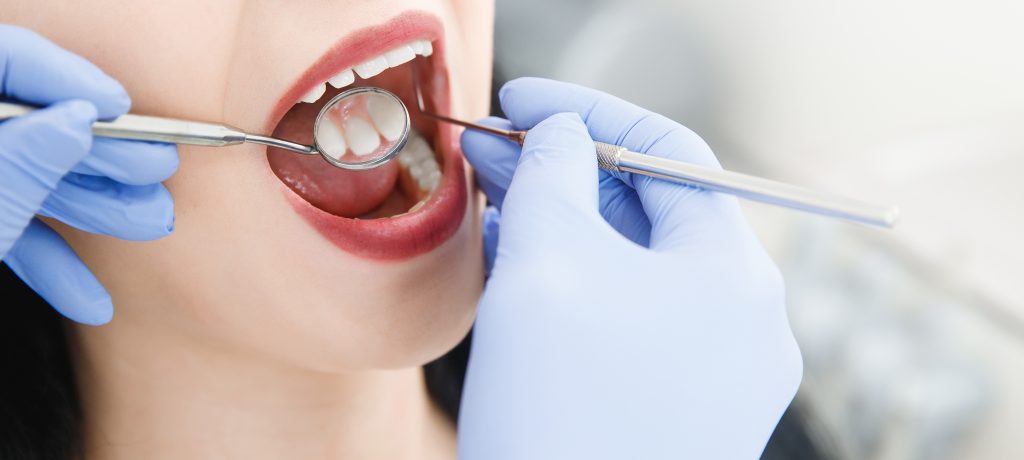“You’re going to do what? With that what?!”
You may recall hearing these numbers called out at your dental visit, “Two, One, Two, Three, Two, Four.” But what do they really mean and should you even pay attention to them? Periodontal probing is a normal and routine way your dentist or dental hygienist evaluates your gum health. It helps to establish a baseline at your initial visit. The periodontal charting is then used to diagnose gingivitis or periodontal disease.
Probing
Probing may sound invasive but there is naturally an opening between your tooth and the gum tissue. The opening, or space, is also known as a pocket. Pocket measurements are recorded routinely at your preventive hygiene visits to monitor changes in the gum health. The instrument used to measure the pockets is called a periodontal probe. It’s either plastic or metal with a blunt end and marks every few millimeters like a tiny ruler for your mouth.
The measurements should be 3 millimeters or less on a person with healthy gums. If start to hear your hygienist saying “Four, Five, Six…” that is a red flag. It could mean that the gum tissue is either swollen or it could mean there is bone loss around the tooth causing a deeper pocket. In both cases either with swollen gums or bone loss the cause is usually a results of bacteria.
Gingivitis
Bacteria that lay along the gumline or between the teeth and are not brushed or floss off can accumulate and irritate the gum tissue. This is called gingivitis. It’s a bacterial infection of the gums. Pocket depths with gingivitis increase because the gums swell and become inflamed. There is usually bleeding upon probing as well. The good thing is that gingivitis is reversible and with good oral hygiene the gums will return to health.
Periodontal Disease
When the measurements increase above 4 mm and bone loss can be seen on an x-ray, that is classified as periodontal disease. Periodontal disease includes both gingivitis and bone loss and is a result of bacteria build up both above and below the gumline. Once bone loss occurs it cannot be regrown. But treatment can be done to remove the toxins, bacteria, plaque and tartar from above and below the gumline to treat periodontal disease.
Scaling and root planing is the first line of treatment. It is preformed by your dental hygienist, usually within 2 to 4 visits. After treatment is finished, you will be on a maintenance program and periodontal probing will be used to evaluate healing of your gum tissue. The pocket depths will improve and the gum tissue will tighten around the tooth.
Prevention Is Key
Periodontal probing should not be painful. The dentist and hygienist are trained with a precise technique to gently record your measurements. You should pay attention to your numbers and ask how you can help improve your gum health. A periodontal charting will be recorded at a minimum of once a year. Our goal is to keep your gums healthy and your smile beautiful for your lifetime. Call Dental Design today to schedule your dental check up.





